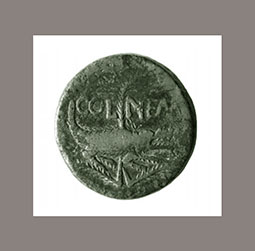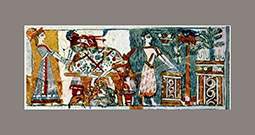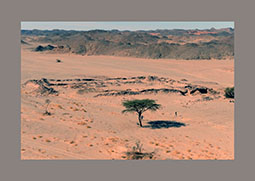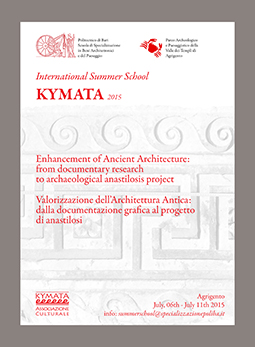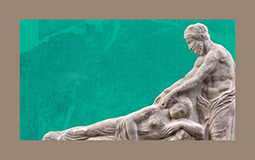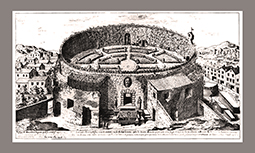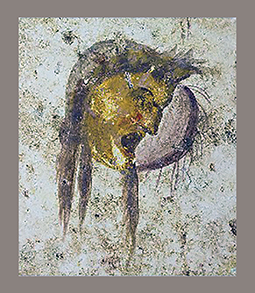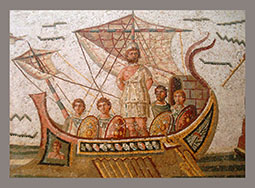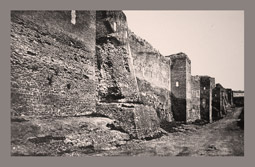Continue Reading
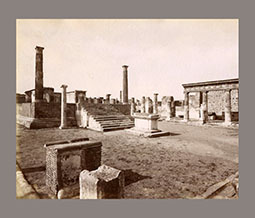 Organized by the Centre Jean Bérard in Naples, the Centre National de la Recherche Scientifique, by the University of Bordeaux “Montaigne”, the École Française de Rome, the Institut Universitaire de France, by the Post-Graduate School in Architectural Heritage and Landscape of the Polytechnic of Bari and the Superintendence of Pompeii.
Organized by the Centre Jean Bérard in Naples, the Centre National de la Recherche Scientifique, by the University of Bordeaux “Montaigne”, the École Française de Rome, the Institut Universitaire de France, by the Post-Graduate School in Architectural Heritage and Landscape of the Polytechnic of Bari and the Superintendence of Pompeii.
For the Hellenistic world, the 3rd century BC constitutes a fundamental moment of transition and succession among the main cultural active systems in the Mediterranean setting. The acquisition of new architectural models and the transformation of urban establishments according to Eastern Hellenism patterns, have involved several times the areas of Greek influence in the West. However, the majority of the studies on the history of Magna Graecia and Sicily have been focusing on other periods, or have restricted the field of inquiry to the borders. At the moment there is a growing need of assembling a broader body of research which can organize all architectural phenomena and expressions of the period, with an opening to the regions of North Africa and Epirus. Among the objectives of the conference is the desire to establish the bases for a debate on Western Hellenism which, from the first expressions, developed throughout the third century until the first Romanising period. The conference is organized in sessions focusing on different geographical areas (Sicily, Magna Graecia, North Africa, Epirus and Illyria) with a conclusive session at the end.
.
Pompeii-Naples, 20-23 May 2015
May 20 – Pompei, Seat of the Superintendence, via Villa dei Misteri 2, Pompeii (NA)
May 21 to 22 – Naples, Centre Jean Berard, French Institut of Naples, Via F. Crispi, 5 (NA)
.
For more information: luigicalio@libero.it
Download the program

